
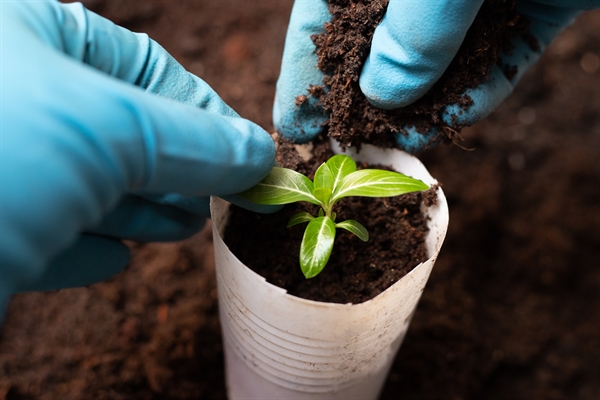
In Derby, KS, Byron Best and Lainey Wiley Learned About Are Grass Clippings Good For The Garden
Grass specialists often advise “topdressing” lawns with a thin layer of garden compost. The product is spread one-quarter to half inch thick in spring or fall, depending upon local climate and soil. * Compost improves the moisture-holding capacity of the soil, adds nutrients, and feeds soil microbes. These microbes are crucial to the complicated process that makes food offered to turf plants.
Garden compost spread out on top of thatch can also speed thatch decay and get rid of the labor of mechanical elimination. But there is an issue: Garden compost quality varies. Whether you purchase it by the bag, choose it up at the local leaf dump or have it provided by the yard, how can you understand that it is “good” garden compost? Consider these questions: Is it at the ended up stage?Does it include unwanted ingredients such as dyes or constructing materials?Are there practical weed seeds in the material?Could it have pesticide residues? The moms and dad materials and the composting procedure both affect the quality of the last product.
” That is to use garden compost that has actually gone through compost-specific testing.” Recognizing the issue this produces for consumers and the land care industry alike, the USCC started the Seal of Screening Assurance (STA) in 2000. STA is a testing, labeling, and disclosure program created to bring visibility into the world of compost sales.
STA looks at 14 compost attributes consisting of raw material, salts, p H, major nutrients, pathogens, metals, stability, and maturity. Rattie says one of the greatest issues is the existence of pesticide residuals. Well-made garden compost, nevertheless, carries little of this danger. “An appropriate composting system destroys the frustrating majority of pesticides and herbicides,” states Rattie.
” The bulk of STA participants offer in bulk through local landscape supply lawns, garden centers, and through direct sales,” states Rattie. USCC uses a number of resources to discover STA garden compost and a calculator to help determine the amount: Find a list of 200+ STA participants Go to Buy Compost.com and use the USCC’s compost calculator on the upper right of the homepage.
” Bagged compost products just one cubic foot of material,” he says. “It takes 27 bags to get one cubic yard. Do the mathematics!” When we used the compost calculator provided by the USCC at Buy Compost.com, we found that a one-quarter inch layer on a quarter-acre lawn (10,000 square feet) needs 7.7 cubic backyards or 5.9 cubic meters of garden compost.
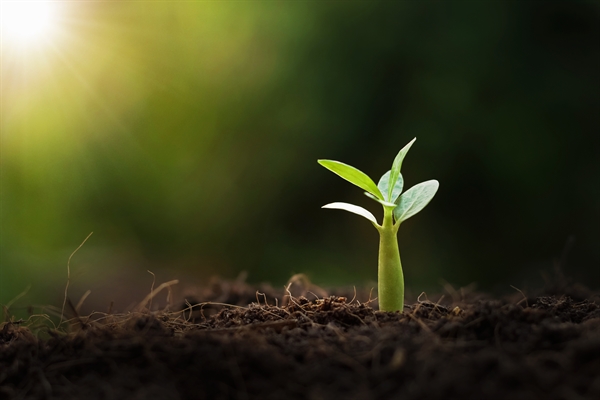
” Golf course and ball field superintendents having been utilizing this technique successfully for numerous years,” he says. Garden compost is spread out in spring or fall, however there are necessary subtleties. In cool-season areas, the spring application is typically lighter and the fall application much heavier. In the south, topdress warm-season grasses in early spring.
Basically, compost is decomposed raw material however that doesn’t describe much. To a romantic, compost is the really essence of life. The living element of the soil responsible for a myriad of the most sublime and intricate processes understood to man. Organisms nourishing organisms all the method up the food cycle from easy germs to crops to people, none of it possible without broken down organic matter: compost.
In Bonita Springs, FL, Jaylynn Holland and Isabell Williamson Learned About Grass Clipping Mulch
It is the stuff of life, brimming with microorganisms that become part of the nutrition cycle of plants. Garden compost can be made small scale; in a backyard or underneath a sink, or large scale; in huge windrows turned by front-end loaders or other specific devices. In any case, it is all about decomposing organic matter up until all that is left is a rich, dark, moldy, nearly sweet-smelling substance with the consistency of potting soil.
Hay, straw, fish gurry, animal manure, twigs, tree bark, and seashells are typically utilized to make up the composition of garden compost. The garden compost is typically mixed 2 parts dry material (bark, leaves) to one part damp or green product (turf clippings, fish gurry) and left in either containers, stacks or windrows to decay.
Breaking down compost ought to remain evenly damp but not damp. Depending upon the type of composting system, it can take anywhere from a couple of months to a year or more to complete the procedure, often described as “cooking.” Actively decomposing garden compost is said to be cooking due to the fact that temperatures can reach anywhere from 120 to 160 F.
Warning Compost is not thought about properly prepared unless it has reached these heats long enough to disinfect weed seeds and get rid of hazardous bacteria discovered in some manures. Ultimately, more intricate organisms like amoeba and nematodes consume the simpler germs and fungi, the pile starts cooling while the nutrients in the compost end up being increasingly more concentrated from their waste items and more decomposition.
Garden compost that is not entirely completed can have an ammonia odor to it and may not provide the wanted impacts or it can even hurt the plants as it continues to prepare. It’s the bacteria in compost that give it its magic. Millions of microbes go to work in the soil, cycling nutrients and making them available to be taken up by the plant.
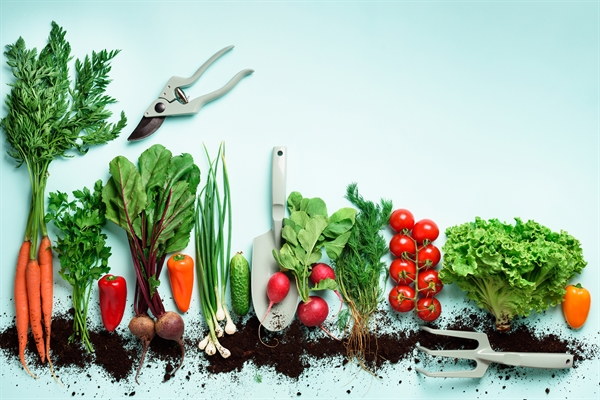
Garden compost is likewise packed with micronutrients and other intricate biology that is exceptionally advantageous for plant growth. Garden compost adds life to the food web, eventually leading to much healthier lawn. Great quality compost consists of a high percentage of ended up raw material with the rest being comprised by smaller sized incomplete raw material like wood chips, sawdust, seas shells and mulched leaf matter.
Compost can be spread out by hand with shovels by utilizing a throwing action to try and attain a layer about 1/4″ thick. It can be ravelled with a rake to blend it in a little much better and after several days it will not even be noticeable on the surface area of the lawn.
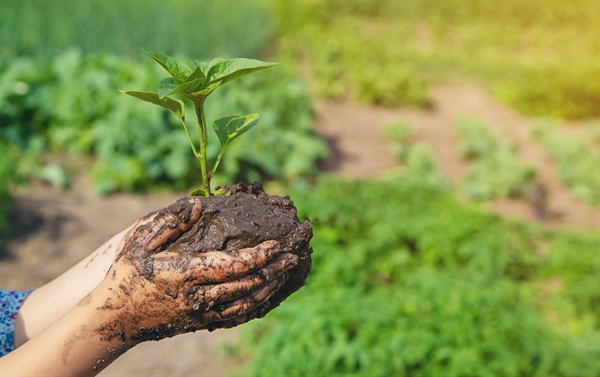
Applying the compost instantly after seeding and aerating is an exceptional way to integrate the garden compost directly into the soil and offer a jump start for seedlings. Simply doing this one or two times a year will benefit the yard more than numerous quick-fix items that are hassle-free however not constantly the best option.
In Michigan City, IN, Alex Barajas and Gerald Mitchell Learned About Grass Clippings In Garden
Ideally, a yard would be topdressed with compost a number of times a year but a composting program will ultimately be dictated by money and time. The target for a composting program ought to for a lawn’s soil to include 5% natural matter. It appears like a percentage however it can take years to develop in particular soils.
When natural matter starts to develop up in the soil, topdressing can be cut down to one or two times a year. Likewise, the need to fertilize and water the lawn will begin to decline as the soil begins to supply optimum growing conditions for turf. Weed, bug and illness pressure will reduce too, leading to cost savings over the long term as the work of the healthy soil changes the life support system of artificial fertilizers and chemical pesticides.
House & Garden Green Living How to Top-Dress Lawns with Compost By Cathy Cromell, The National Gardening Association If you’ve gone through the effort of making abundant compost of your own, you can use it to top-dress your yard for thicker, much healthier grass. You can use compost to top-dress both brand-new and existing lawns.
Top-dressing is specifically practical in dry climates or throughout dry or breezy spells, where the soil and seeds easily dry within hours. (If a germinated seed dries, it’s a goner.) On an existing yard: Top-dressing with garden compost might also rejuvenate existing yards. Yards often become compressed in time from foot traffic, play, and mowing, which prevents air, water, and nutrients from circulating freely through the grass’s root zone.
To core aerate a small patch of grass, utilize a specific foot press that you can find at your regional home and garden store. For large lawns, rent a maker from an equipment supply company or work with a yard maintenance company. When top-dressing with compost, you ought to only utilize evaluated garden compost or compost with particle sizes of 3/8-inch or less.
Also, take care to top-dress with compost that’s ensured without weed seeds, or you might be sowing a future weeding problem into your yard! No matter where you live, the best time to aerate and top-dress your yard is when it is most actively growing. This allows the turf to vigorously rebound after having holes punched in it.
Prevent aerating these lawns throughout summertime’s extreme heat, which may stress roots. Although some development happens in early fall, these kinds of turfs go semi- or fully dormant as weather condition cools, making recovery after a late aeration more difficult. Likewise, early aeration promotes much better penetration of summertime and fall rains through the soil when it’s most advantageous for growth.
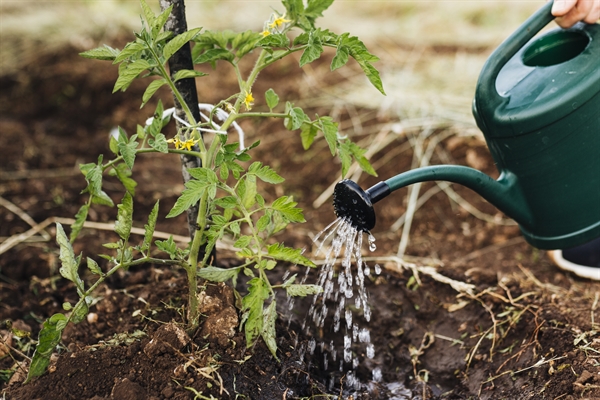
If you live in a warm environment that allows year-round yards, you have various choices. The finest time to aerate and top-dress is early to mid-summer when your warm-season yard (such as Bermuda lawn) is actively growing. You need to likewise apply garden compost top-dressing (without aeration) after overseeding your summer season lawn with a cool-season turf (such as ryegrass) in the fall.
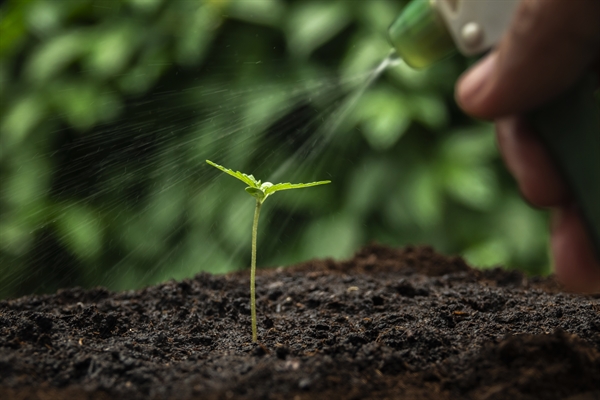
In Portsmouth, VA, Tyrell Alvarez and Mitchell Sawyer Learned About Lawn Trimmings
The arrival of summertime advises us that it’s not far too late to nourish your yard the healthy way with natural compost from World Natural. As lawn-spraying services broaden their grip on suburbia it is necessary to remember that using organic practices to encourage turf in your backyard safeguards your family pets and family from damaging chemical fertilizers and herbicides.
It will considerably increase advantageous microbial activity in your soil, benefiting your lawn a lot more. And it’s a great way to deal with the spots in your lawn that are thin, brown and unhealthy. From Organic Lawns, Healthy Soil: “Established yards benefit considerably from a single annual application of compost, a lot more greatly from 2.
Depending on your lawn’s size, a wheel barrow and a shovel may be the finest method to distribute garden compost around your lawn, followed by a great raking (a push broom will likewise work) to disperse it more uniformly. Though difficult to discover and bothersome to use effectively, a compost wheel or peat spreader can disperse garden compost throughout little yards though they can be challenging to press and require to be refilled frequently.
Compost ought to be spread out no more than a half-inch deep. The concept is not to bury lawn blades, smothering them and keeping them from sunlight. If that means less than a half-inch of garden compost, then reduce your application. You desire grass blades exposed to oxygen and sunlight. Applying garden compost to problem areas will also help cure them.” Including compost will help your lawn’s soil retain moisture throughout the long hot months of summertime, keeping your grass greener longer.
Do Compost: Grass clippings, leaves, stalks, dead plants, twigs as much as pencil size, and many weeds. Don’t Garden compost: Weed seeds and intrusive weeds like ivy (they resprout!), diseased plants, pet waste, clippings treated with weed or bug killers, or food waste. Rather, attempt the rodent-resistant techniques described in Food Waste Composting.
It takes 6 to 12 months for soil animals to change a lot of backyard waste into completed garden compost. For faster composting, keep your pile as wet as a wrung-out sponge. Chop up stalks and twigs. Mix “green” materials like grass clippings with “browns” like fall leaves and stalks. Sign Cause Solution Bad smells Stack too damp, no air, or includes food or family pet waste Turn pile.
Get rid of food. Stack is dry Inadequate water Turn pile. Add water to keep as moist as a sponge. Moist enough, however sluggish composting Inadequate “greens” Turn pile. Add “greens” like lawn, plants, or manure Slimy lawn, ammonia odor Excessive fresh yard in stack Leave clippings on lawn, rather of composting.
Stack shrunken, however looks un-decomposed Top too dry, ended up compost is at bottom Harvest completed garden compost from bottom. Start new stack with un-composted product. Contact the experts at the Garden Hotline at (206) 633-0224 (language analysis offered) or at Garden Hotline. Composting in the house Guide (pdf) – Request a totally free copy.
In Lafayette, IN, Tori Bonilla and Mitchell Sawyer Learned About Grass Clippings In Garden Soil
Compost Resource List (pdf) – Lists bin providers, tools, and more. Composting Questions & Answers (pdf) – Responses to some common concerns. Tilth Alliance – Provides classes in composting and organic gardening, and home-made garden compost bin plans.